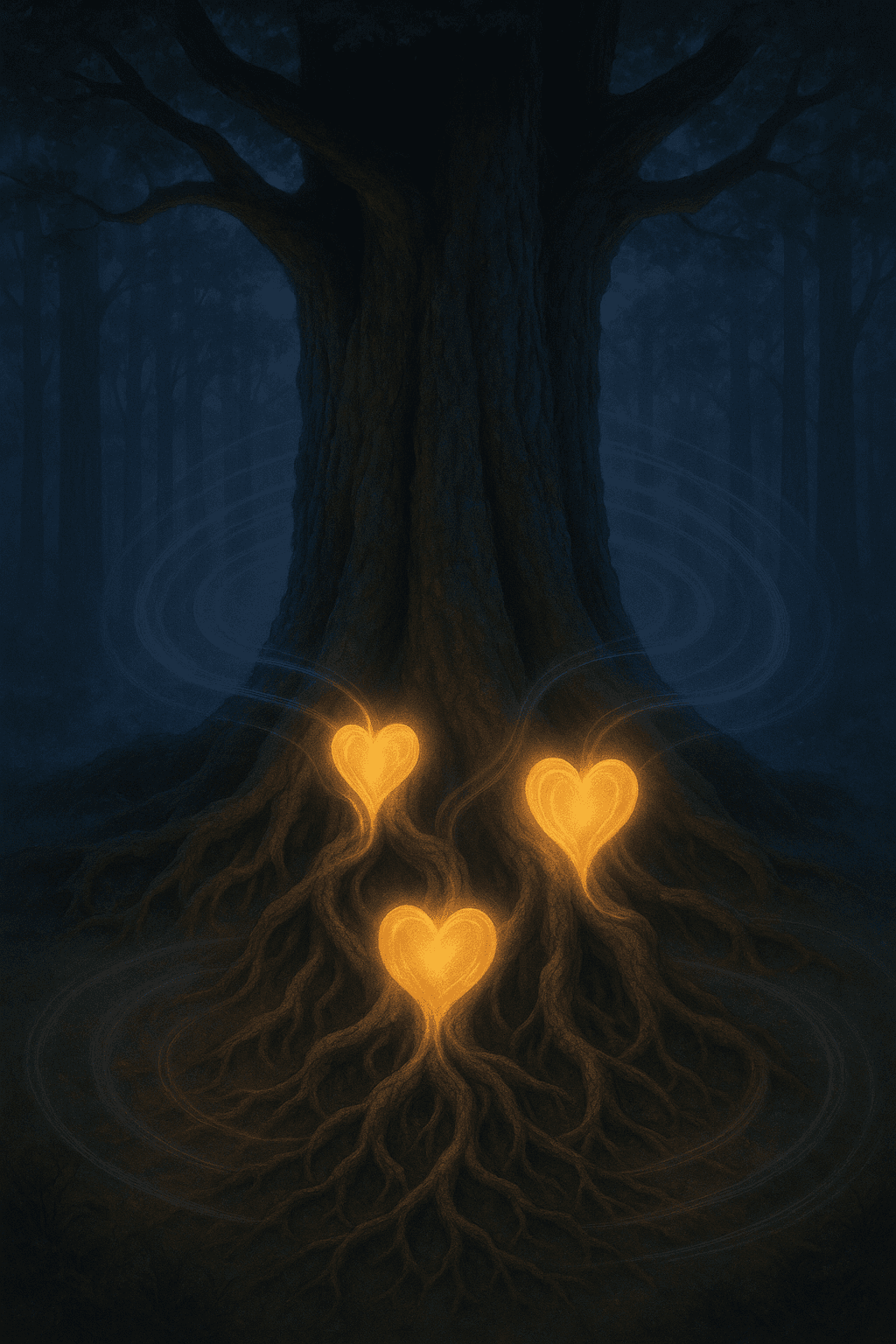The Past’s Enduring Pulse Within Our Lives

The past beats inside me like a second heart. — John Banville
Memory as a Living Force
John Banville’s evocative metaphor positions memory not as a dormant record, but as a second heart—continually pulsing alongside our own. This imagery makes clear that the past is a present and vital influence, infusing our thoughts and emotions with echoes of what has come before. As we move through life, these memories serve as both ballast and inspiration, subtly shaping our responses to new experiences.
Echoes of the Past in Personal Identity
Building on this conception, our sense of self becomes inseparable from our history. Philosopher John Locke, in his ‘Essay Concerning Human Understanding’ (1689), argued that personal identity is grounded in continuity of memory. Each recollection—painful or joyful—reverberates internally, contributing to the composite portrait we carry of ourselves. Thus, the 'second heart' Banville describes is central to who we are and how we interpret our journey.
Art and Literature as Memory's Vessel
Transitioning into the realm of creativity, artists and writers frequently channel their ‘second hearts’ into their work, preserving individual and collective pasts. Marcel Proust, in ‘In Search of Lost Time’ (1913–1927), famously explored how involuntary memories can surface, unbidden, becoming a lifeblood for inspiration. Such artistic efforts keep the past active—not static—allowing us to revisit and reinterpret it across generations.
The Psychological Pulse of Reminiscence
Furthermore, modern psychology explores nostalgia as a double-edged phenomenon: while ruminating on the past can lead to sentimental longing, it can also foster resilience and optimism. Studies published in the journal ‘Memory’ (Routledge, 2006) show that recalling meaningful events can boost mood and social connectedness. Like Banville’s metaphorical heartbeat, these memories energize us, providing emotional sustenance in both times of need and celebration.
Integrating the Past with the Present
Ultimately, Banville’s image urges us to embrace the interplay between past and present. Rather than seeking to ignore or escape our history, we might learn to listen to its rhythm—allowing it to inform, but not control, our decisions. In so doing, the second heart becomes a source of wisdom, empowering us to move forward with greater self-awareness and purpose.